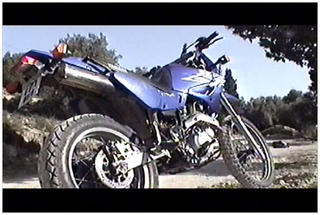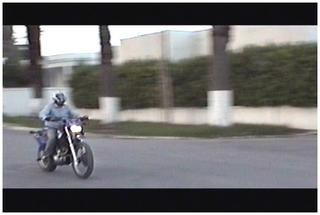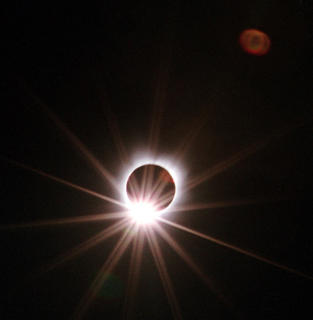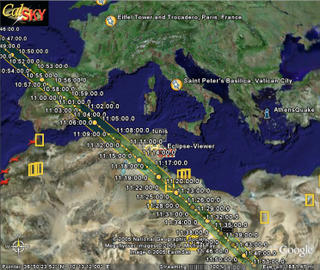Tuesday, October 25, 2005
Friday, October 21, 2005
Listen to Your Heart

 I was watching the video clip of this incredible song, and I don't know how, I suddently felt my self carried away, it was just like if you feel yourself flying away as you're listening to every word and appreciating every piano musical sound, it's just like something strong touch you deep inside and make you feel such amazing feeling.
I was watching the video clip of this incredible song, and I don't know how, I suddently felt my self carried away, it was just like if you feel yourself flying away as you're listening to every word and appreciating every piano musical sound, it's just like something strong touch you deep inside and make you feel such amazing feeling.By the way, the first version of this song was interpreted by Roxette, the new one by DHT, and I erally like all the feelings I can feel while hearing such song.
Listen to your heart
when he's calling for you.
Listen to your heart
there's nothing else you can do.
I don't know where you're going
and I don't know why,
but listen to your heart
before you tell him goodbye.
Sunday, October 16, 2005
Thursday, October 13, 2005
Tuesday, October 11, 2005
Monday, October 10, 2005
Sunday, October 09, 2005
Thursday, October 06, 2005
Wednesday, October 05, 2005
Tuesday, October 04, 2005
The Strange Fish (2)
 As I was looking for the strange fish, I found this web site : http://www.thejump.net/id/id.htm , and when I read this : "If you have a fish you need identified. Send it to me and I will do my be" I sent a mail to omegaman66@cox.net, maybe he's the moderator of the web site. And just one day after sending the mail with the pics of the fish, I've got this mail: Hello,
As I was looking for the strange fish, I found this web site : http://www.thejump.net/id/id.htm , and when I read this : "If you have a fish you need identified. Send it to me and I will do my be" I sent a mail to omegaman66@cox.net, maybe he's the moderator of the web site. And just one day after sending the mail with the pics of the fish, I've got this mail: Hello,Flying Gurnard!
Mike Guerin It was really nice to get such mail too fast, and to know that wherever you are, someone may help you, so thx again Mike.
By the way it was a Flying Gurnad, I know it was better when it was free swimming !!
The Flying Gurnard is easily recognised by its huge pectoral fins. These fins are covered with dark spots and wavy lines. They have feeler-like leading rays and extensions from each fin ray.
The pectoral fins are usually held against the sides of the body. When the fish is disturbed, it quickly expands its pectoral fins, often retracting them before swimming off at speed. Despite its common name, the Flying Gurnard does not fly. It can however "walk" on the bottom by alternatively moving the pelvic fins and short pectoral fin rays.
This species grows to 38cm in length. It has a blunt head and a grey to brown body that is covered with dark brown to black spots.
The Flying Gurnard lives in a range of habitats including estuaries, coastal bays and deep sandy areas. It is often seen in water less than 10m in depth, but is also caught in trawls down to 100m.
It occurs from East Africa to Polynesia. In Australia it is recorded around the northern half of the country from the central coast of Western Australia to southern New South Wales.




























